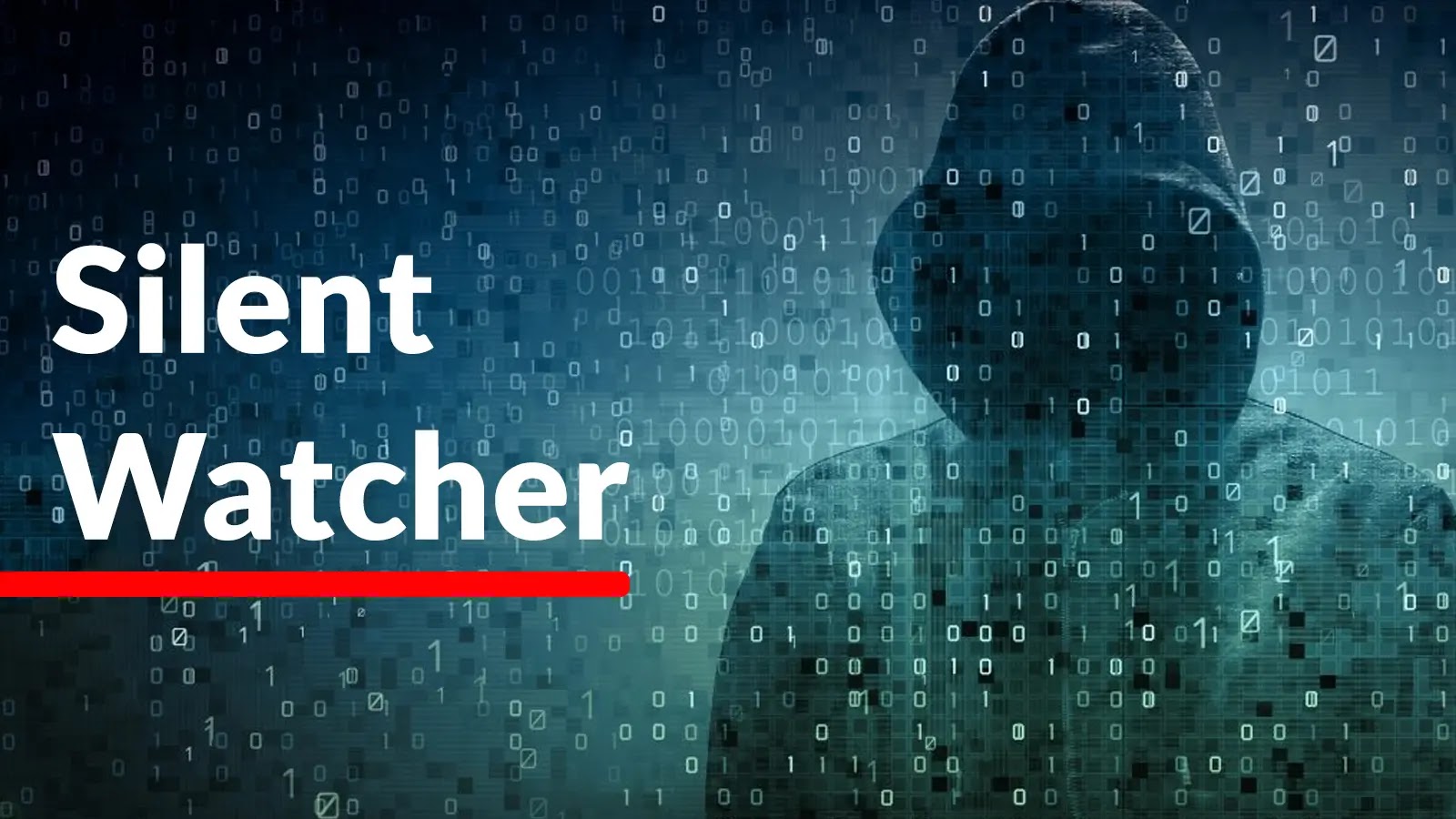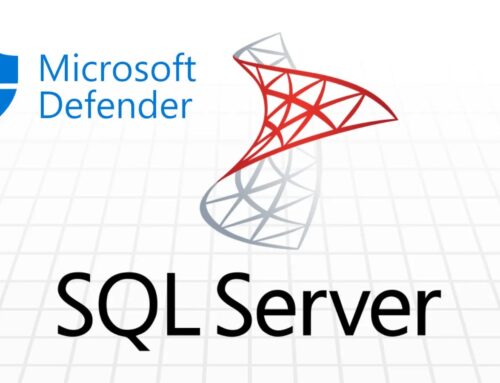
Silent Watcher Attacking Windows Systems and Exfiltrate Data Using Discord Webhook
Unmasking Silent Watcher: A Deep Dive into Discord Webhook Exfiltration
The digital threat landscape is perpetually shifting, with adversaries constantly innovating to bypass defenses and exfiltrate sensitive data. A recent and concerning development is the emergence of “Silent Watcher,” a sophisticated Visual Basic Script (VBS) malware. This threat leverages legitimate communication platforms, specifically Discord webhooks, to carry out its nefarious agenda, thereby presenting a significant challenge to conventional security measures. As part of the broader Cmimai malware family, Silent Watcher represents a stark reminder of the evolving tactics employed by information stealers.
What is Silent Watcher? Understanding the Threat
Silent Watcher is a potent VBS-based stealer designed to target Windows systems. Its primary objective is data exfiltration, and it achieves this with a notable degree of stealth and persistence. Unlike older, more overt forms of malware, Silent Watcher integrates into the background of system operations, often making its presence difficult for standard security tools to detect.
The malware’s affiliation with the Cmimai malware family indicates a lineage of information-stealing capabilities. What sets Silent Watcher apart is its innovative use of Discord webhooks as a primary exfiltration channel. This technique allows attackers to bypass traditional network egress filtering, as Discord traffic is often whitelisted or less scrutinized by security appliances compared to unknown or suspicious outbound connections.
The Mechanism of Compromise and Data Exfiltration
Silent Watcher’s operational flow is a multi-stage process designed for efficiency and evasion:
- Initial Infection: While the exact initial vectors can vary, common methods for VBS malware include phishing emails with malicious attachments, compromised websites serving drive-by downloads, or bundling with pirated software. Once executed, the VBS script begins its payload delivery.
- Persistence Establishment: To ensure continued access, Silent Watcher typically modifies registry keys or schedules tasks to execute at system startup or at regular intervals. This allows the malware to survive system reboots and maintain a foothold.
- Data Collection: The malware is designed to harvest a wide array of sensitive information. This can include:
- Browser credentials (passwords, cookies, autofill data)
- Cryptocurrency wallet information
- System information (OS version, running processes, installed software)
- Sensitive documents or files based on predefined extensions or keywords
- Screenshot capture capabilities
- Discord Webhook Exfiltration: This is the hallmark of Silent Watcher. After collecting data, the malware packages it and sends it via an HTTP POST request to a pre-configured Discord webhook URL. This outbound connection is indistinguishable from legitimate Discord traffic in many environments, making it incredibly difficult to block without disrupting legitimate business communications. The attacker, on the other end, receives the exfiltrated data directly within their Discord channel.
Why Discord Webhooks? A New Frontier for Malicious Actors
The choice of Discord webhooks for data exfiltration is a strategic one, offering several advantages to attackers:
- Bypassing Firewalls: Discord traffic typically uses standard HTTPS ports (443), which are almost always open for legitimate internet access. Deep packet inspection or application-layer firewalls are needed to differentiate malicious Discord traffic from benign use, and even then, heuristics can be challenging.
- Legitimacy by Association: Discord is a widely used communication platform. Traffic to Discord domains is generally considered benign by network security solutions, reducing suspicion.
- Ease of Setup: Creating a Discord webhook is straightforward and requires minimal technical skill, making it an accessible option for various threat actors.
- Resilience: Webhooks provide a persistent and reliable channel for data transfer, even if the attacker’s command-and-control (C2) infrastructure is disrupted.
Remediation Actions and Proactive Defense Strategies
Defending against threats like Silent Watcher requires a multi-layered approach, combining robust security practices with advanced technical controls:
- Endpoint Detection and Response (EDR): Deploy and meticulously monitor EDR solutions. These tools are crucial for detecting anomalous process behavior, file system modifications, and suspicious network connections that might indicate Silent Watcher activity.
- Network Segmentation and Monitoring: Implement strict network segmentation to limit the lateral movement of malware. Continuously monitor network traffic for unusual patterns, especially outbound connections to communication platforms that might be indicative of exfiltration.
- Application Whitelisting: Restrict the execution of unauthorized scripts and applications. Only allow approved applications to run on endpoints, significantly reducing the attack surface for VBS-based malware.
- Email Security Gateways: Enhance email security to detect and block phishing attempts that deliver malicious VBS scripts as attachments. Implement DMARC, DKIM, and SPF policies to prevent email spoofing.
- User Awareness Training: Educate employees about the dangers of clicking suspicious links, opening unexpected attachments, and the importance of verifying sender identities. A vigilant workforce is a strong first line of defense.
- Data Loss Prevention (DLP): Implement DLP solutions to monitor and prevent sensitive data from leaving the organizational network, regardless of the exfiltration channel.
- Regular Backups: Maintain comprehensive and regular backups of critical data, stored offline or in an immutable fashion, to ensure recovery in the event of a successful data compromise or ransomware attack.
- Threat Intelligence Feeds: Integrate up-to-date threat intelligence feeds into your security operations to stay informed about new malware variants, indicators of compromise (IoCs), and attacker tactics, techniques, and procedures (TTPs).
Tools for Detection and Mitigation
| Tool Name | Purpose | Link |
|---|---|---|
| Common Antivirus/EDR Solutions | General malware detection, behavioral analysis, and remediation | (Refer to your organization’s chosen vendor) |
| Network Intrusion Detection/Prevention Systems (NIDS/NIPS) | Monitoring and blocking suspicious network traffic, including unusual Discord webhook activity | (Refer to your organization’s chosen vendor) |
| Data Loss Prevention (DLP) Software | Preventing unauthorized data exfiltration | (Refer to your organization’s chosen vendor) |
| Sysinternals Suite (Process Monitor, Autoruns) | Advanced system monitoring for persistence mechanisms and process behavior | Microsoft Learn |
| Mandiant Advantage Threat Intelligence | Up-to-date threat intelligence and IoCs related to emerging threats | Mandiant |
Conclusion: Staying Ahead of Evolving Threats
Silent Watcher exemplifies the ongoing cat-and-mouse game between cybercriminals and security professionals. Its reliance on legitimate platforms like Discord webhooks for data exfiltration underscores the need for a shift in defensive strategies—moving beyond simple port-based blocking to comprehensive behavioral analysis and application-layer inspection. Organizations must prioritize robust endpoint security, network visibility, and continuous employee training to effectively counter these evolving and increasingly sophisticated information-stealing tactics. Proactive defense and vigilance are paramount to safeguarding sensitive data in an increasingly complex threat landscape.





